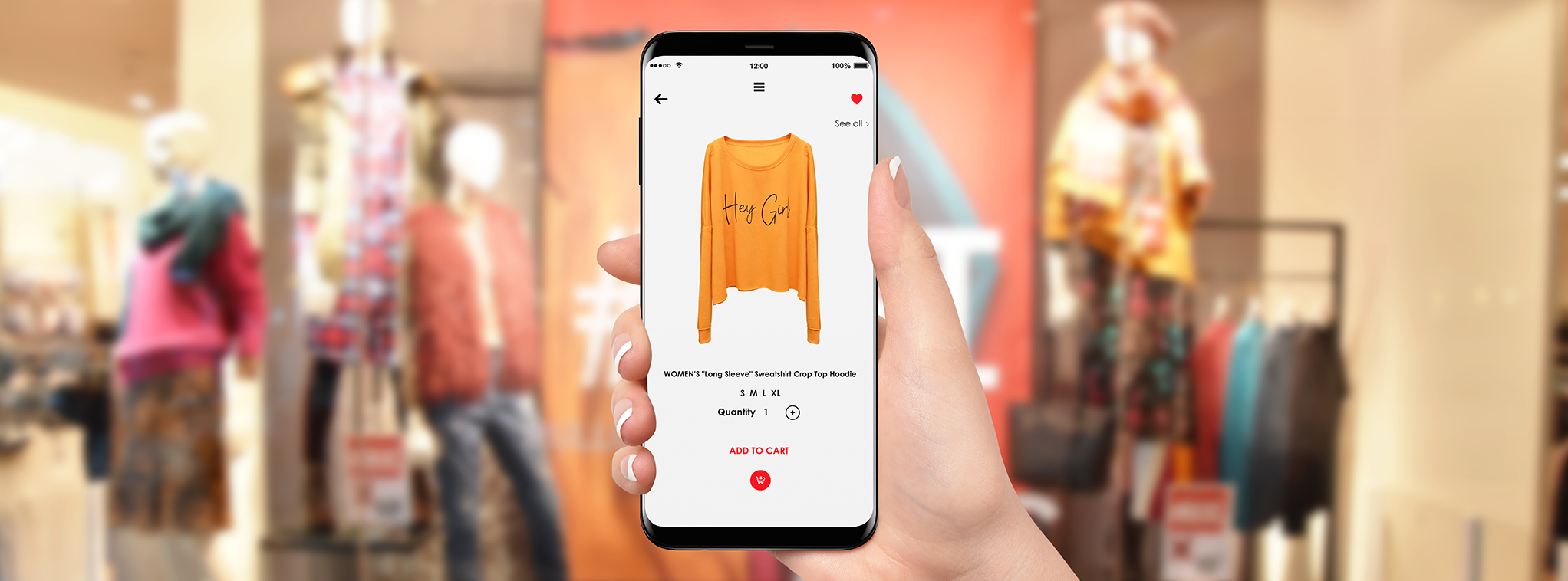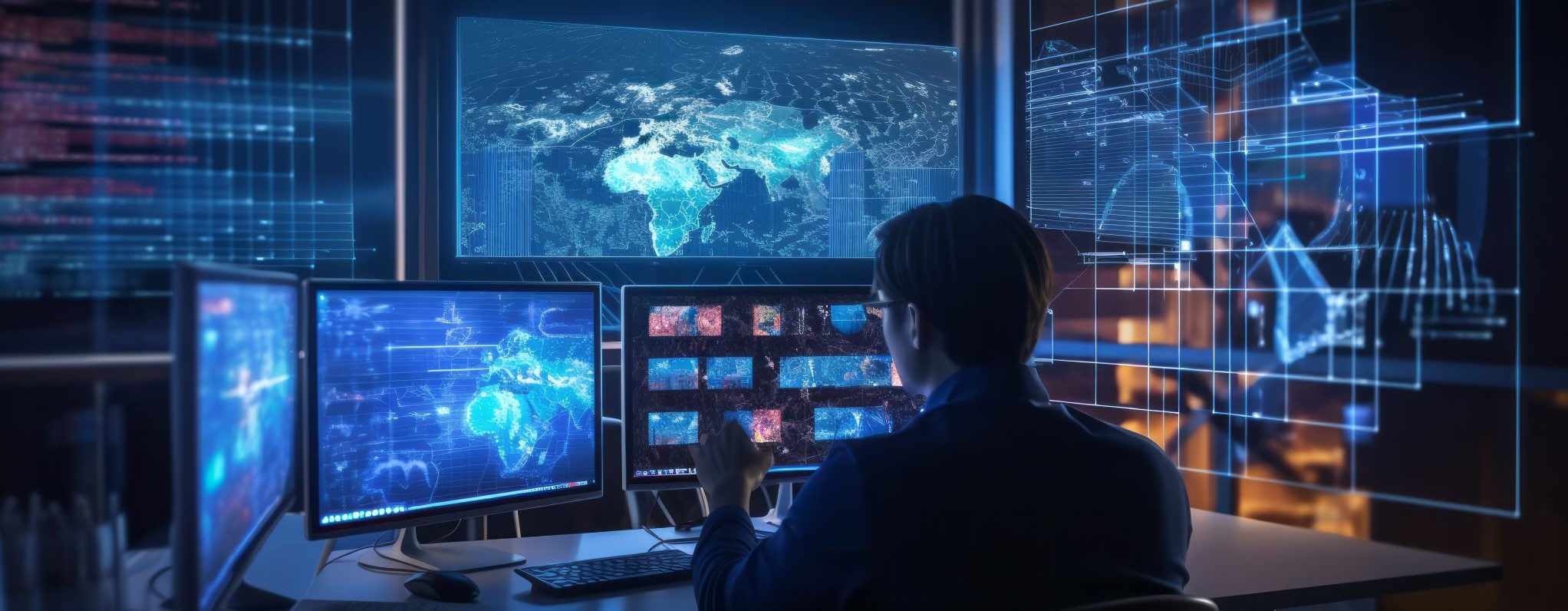Customer Experience for a Post-Pandemic World

Newly liberated consumers are heading back to reopened stores in droves after enforced isolation, but they’re not the same people who entered quarantine more than a year ago. The pandemic didn’t kill brick-and-mortar retail, but it has transformed the customer experience and consumer expectations.
Consumers are used to ordering online and have grown accustomed to the hyper-personalization and convenience of the digital realm. There is no longer any tolerance for a double standard regarding customer service — whether it relates to physically going to a store or ordering something online. People want the same convenience and personalization.
Writing for Digital Commerce 360, Barry Fiske ponders the new consumer expectations that the retail industry has to face:
Customers are craving an experience that gives them both the physical interaction with your —products and people—and meets their new “digitally centric” expectations. The brands and retailers that recognize this opportunity won’t just survive the pandemic; they will thrive in the months and years after it. This is not the end of brick and mortar. It’s the rebirth of physical shopping and the start of an exciting, digitally-powered new shopping adventure.
Fiske is bullish about the future of brick-and-mortar retail. Retail is booming. The National Retail Federation estimates that sales will reach more than $4.33 trillion in 2021. He’s celebrating the potential of physical retail locations leveraging the power of big data analysis and machine learning to enhance the customer experience.
The pandemic has already transformed how customers want to shop. In 2020 alone, “click-and-collect” sales grew by 106.9%, $72.46 billion in total sales, and are expected to continue growing by double-digits through 2024, according to Insider. At the time, the selling point of being able to order online and then pick up purchases without entering a store was safety. But the model combines the convenience of eCommerce with the speed of same-day delivery — an appealing combination for shoppers.
Writing in RIS News, Yuval Bolger describes how retailers can put smart digitally enhanced shelving to work to personalize and improve the experience of customers:
One example is that the shelf sensors can detect when a customer is approaching and trigger a relevant digital signage promotion based on that customer’s grocery-buying history. A small LED can flash near items that are on the customer’s shopping list to help the customer find these items faster.
Another example would be when a hardware store might have thousands of different screws, nuts, and bolts, making the right one difficult to find. A combination of a smart shelf and a mobile app that allows customers to pre-scan the desired part at home, makes this process easier, increases sales, and reduces customer frustration.
Having reliable first-party data is the foundation for providing personalized marketing and service. With the right infrastructure in place to gather and track it, retailers can capitalize on the immense amount of data generated by customer behaviors and transactions. Brick and mortar retailers must evolve to keep up with customer expectations, and one pathway to success is by blending the best of online convenience with quality in-person retail experiences.



